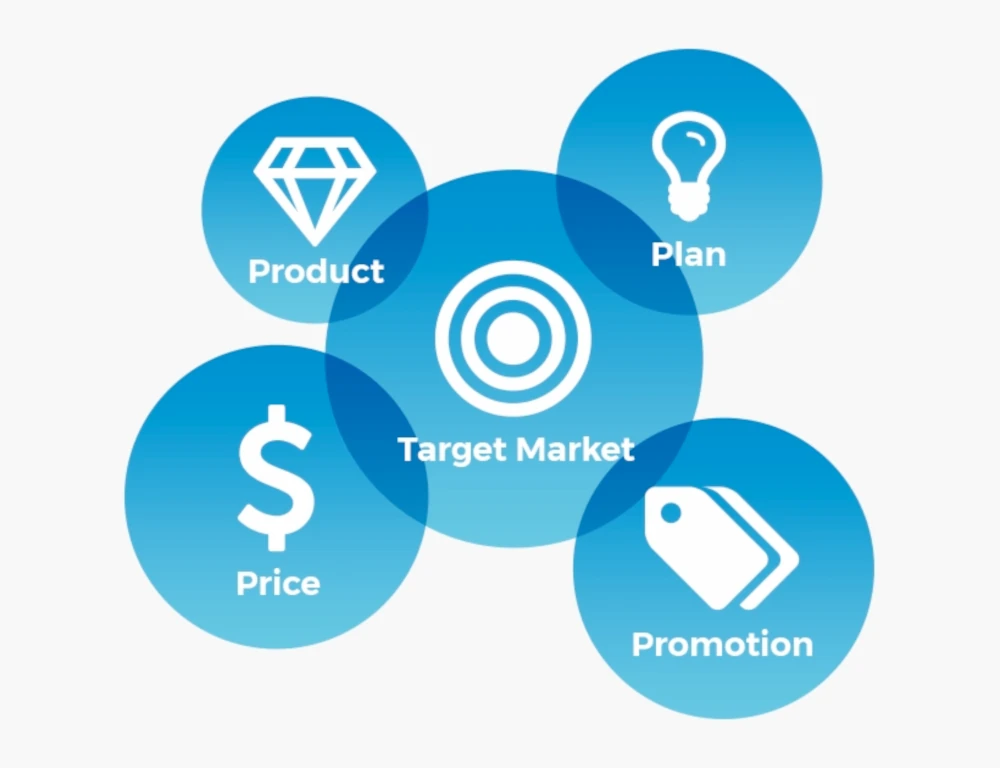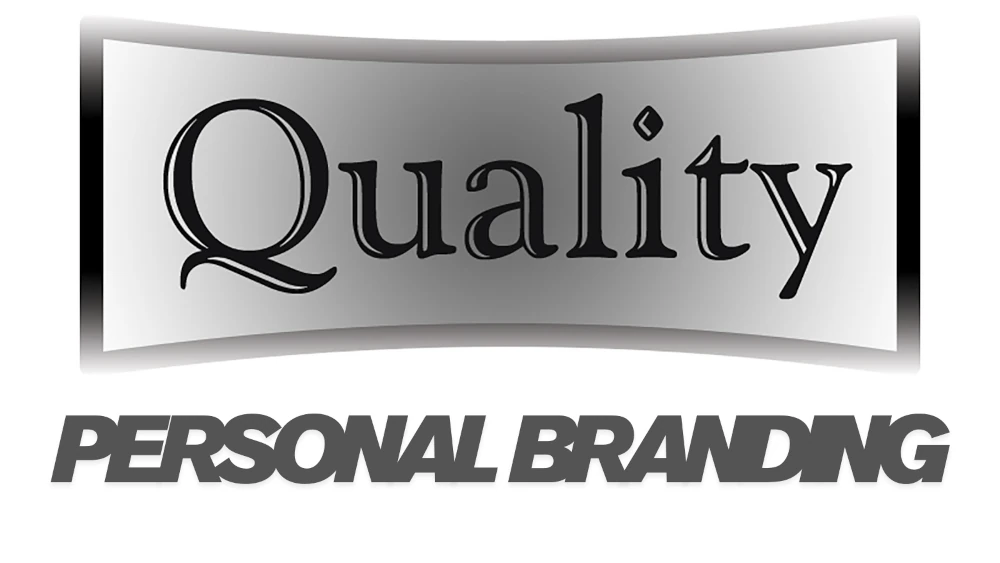How can we target a market through personal branding? It’s in addition to just having a bright LinkedIn biography or addictive Instagram posts. Personal branding, when finished purposely, helps you connect with the right market by appearance them who you are, what you signify, and how you can help. In this item, we’ll explore how your private brand can become a direct, real bridge between you and the people you’re supposed to serve.
Understanding the Intersection of Personal Branding and Target Markets
Personal branding is the deliberate exertion to construct and influence the public’s idea of an individual by positioning them as an expert in their field, heightening their credibility, and distinguishing themselves from the competition to eventually advance their career, increase their circle of influence, or have the best impact.
A well-crafted private brand acts as a bridge between an individual and their goal display. It communicates genuineness, knowledge, and principles, joining the individual’s character accompanying the needs and desires of their public. This adjustment promotes trust and data, making private branding an important aspect in commerce policies.

1: Start With Market-Led Self-Awareness
You can’t mark a display if you don’t know yourself, and not in a lax, “attend to your craving” way.
Ask yourself:
- What do crowds usually come to me for?
- What kind of questions do I really have to solve?
- What sort of audience energizes me instead of tiring me?
Let your public shape your meaning, but let your core values, voice and personality remain non-variable. This balance is where private branding is strongly enhanced. It’s not about changing who you search out to fit a display. It’s about amplifying the few that already serve that display.
2: Build a Brand Framework, Not Just a Bio
A powerful private brand that targets a particular advertise isn’t erected on chance Instagram posts or ingenious bios.
It’s erected on a repeatable brand foundation that involves:
- Core Message – What action do you mean?
- Tone and Personality – Are you identifiable, authorized, peculiar, or rebellious?
- Content Pillars – Three to five key ideas your content usually touches on.
- Visual Identity – Colors, typography, metaphors that stimulate a particular passion.
When these pieces are joined, accompanying the psychology of your goal advertisement, your brand enhances drawing. It doesn’t just catch attention—it earns faithfulness. This structure also supports consistency across your SEO and marketing efforts, ensuring that your message aligns across search engines and social platforms.
3: Target Through Empathy, Not Algorithms
We’re in the age of micro-messaging. You don’t need 100,000 clients; you need 100 of the right ones.
To achieve this, shift from dossier desire to understanding desire. Dive deep into your audience’s routine struggles:
- What keeps them up at night?
- What prose do they use to interpret their questions?
- What tales do they tell themselves about boom, failure, or correspondence?
When your private brand mirrors their touching reality, without maneuvering it, you instantaneously enhance appropriateness. People don’t follow brands. They understand impressions mirrored back at them.
4: Be the Bridge, Not the Hero
A mistake many forms make is putting themselves as the champion of the tale. In focus stigmatizing, you’re not the champion—you’re the guide.
Imagine your target market act a journey. They’re perplexed and are going to disturb a better story of themselves. Your private brand certainly signals:
“I’ve existed where you are. I comprehend your struggle. I’ve computed out a habit forward—and I can help.”
Your fiction, struggles, and wins aren’t just content—they’re case studies in understanding. Use them to help along between the one you’re hearing immediately and the one they’re going to enhance.
5: Use Micro-Targeting Platforms Like a Niche Shopfront
Not all public programs are created equal. If you restore a personal brand to reach a distinguishing hearing, focus on where that hearing lives and talks.
- LinkedIn: Ideal for experts, B2B markets, or concept guidance.
- Instagram: Great for creatives, behavior-driven alcoves, and visual-first societies.
- TikTok: Powerful real-period relatability, description, and Gen Z hearings.
- Twitter/X: Sharp for real-period manufacturing analysis and slot networks.
Think of each floor as a storefront window into your brand, but only open the windows that your target market is walking past. For beginners building visibility or entering digital platforms, online jobs can be a stepping stone that aligns with niche branding goals.
6: Build Social Proof That Speaks Directly to Your Niche
Instead of accumulating common tributes, curate public evidence that speaks to your target market’s needs.
Example:
- Instead of: “She’s so inspiring!”
- Use: “I’m a scorched-out startup founder, and afterwards active accompanying her, I buxom a system that presents me 10+ hours back news.”
Specificity sells. It further helps your hearing conceive their transformation, accompanying you.
7: Create Conversation, Not Just Content
Most private branding advice pushes “perceptibility.” But perceptibility without interplay is noise.
Focus on content that sparks a reaction:
- Ask parting questions.
- Share half-done plans and invite responses.
- Turn DMs into consumer-produced content.
- Host live meetings where you straightforwardly communicate accompanying slot pain points.
When your audience sees you’re not just an entry to the ruling class but speaking accompanying them, you build what algorithms can’t fake: connection and impartiality.
8: Keep Iterating Based on Market Feedback
Targeting a market is not of the highest quality and approved design. Your hearing changes. Platforms shift. Your own skills progress.
Treat your private brand like a device:
- Run tiny “A/B tests” accompanying content arguments or volume.
- Survey your hearing faithfully (even just by way of polls).
- Watch which content drives real conversions, not just enjoyment.
Adaptation doesn’t mean something for dunking. It’s resources expanding your pertinence in an experience that’s continually mobile.

Conclusion: Personal Branding as a Strategic Compass
Used purposely, private branding is not personality-driven—it’s advertise-knowledgeable. It reports the planet, “Here’s who I am, and here’s how I’m particularly suited to help people like you.”
If you are going to come into sight of an explosion, build trust, and move the nation to operation, stop thinking of your brand as an individual notebook. Start thinking of it as a strategic compass—one that forever points toward the people you must be going to do.
FAQs
What is private branding?
Personal branding is the practice of marketing yourself and your course as a brand.
Why is private branding important?
It helps you be conspicuous in a congested advertise and build trust accompanying your audience.
How can individual branding appeal to my market?
By joining your principles and knowledge accompanying the needs of your ideal audience.
What platforms should I use for individual branding?
Choose floors where your aim is most active and busy.
How frequently should I refurbish my brand?
Regularly, to indicate your progress, triumphs, and changes in your manufacturing.
Can personal branding help in course progress?
Yes, it increases your perceptibility and credibility, revealing new space.


